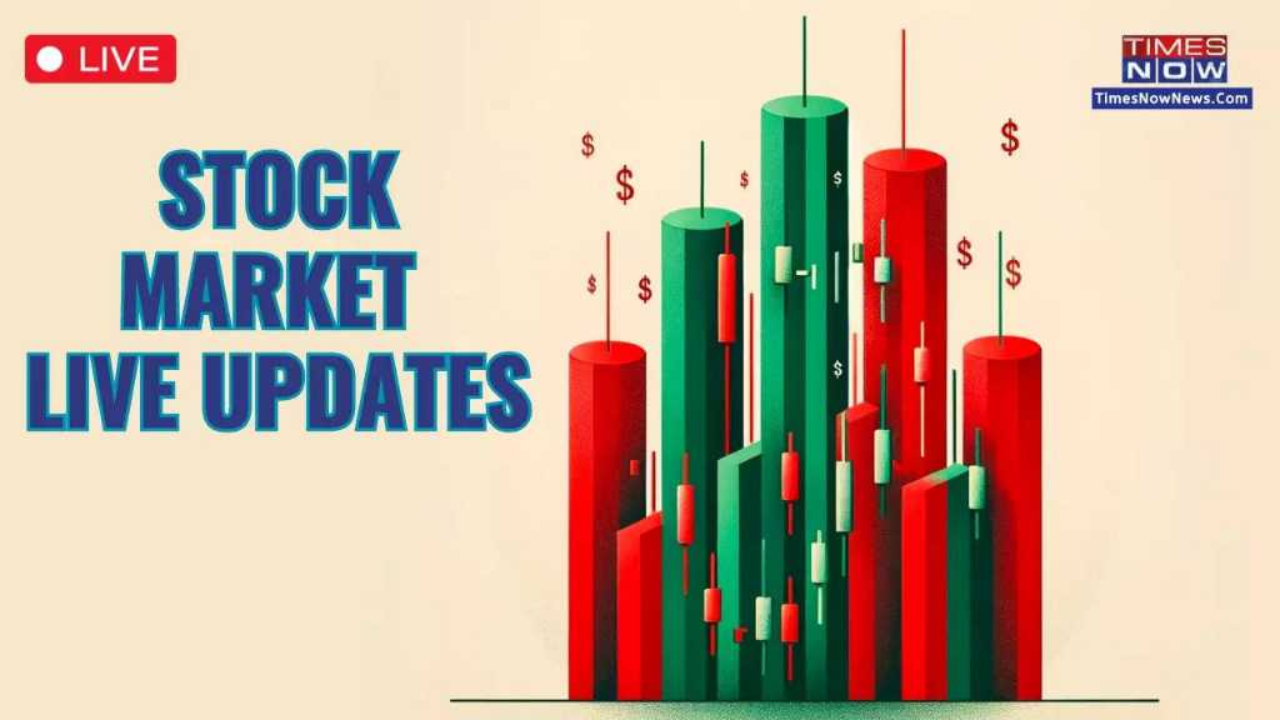

The latest data from the Mortgage Bankers Association (MBA) reveals that US mortgage rates have risen sharply for the second consecutive week, reaching their highest point since early August. The increase, which has caused a steep decline in both home-purchase and refinance activity, signals ongoing challenges in the US housing market.
Sharp Increase in Mortgage Rates
The contract rate on a 30-year fixed mortgage surged by 16 basis points to 6.52% for the week ending October 11, according to the MBA. Over the past two weeks, the rate has climbed a total of 38 basis points, marking the most significant increase for a similar period since February 2023. The rate on a 15-year fixed mortgage also saw a notable rise, jumping by 23 basis points to 5.94%, the biggest weekly advance since May.
Mortgage rates closely follow US Treasury yields, which have been on the rise amid strong job growth reports and persistent inflation concerns. This trend has led traders to reduce expectations for aggressive interest-rate cuts by the Federal Reserve (Fed).
Impact on the Housing Market
The recent surge in mortgage rates has dashed hopes for a quick recovery in the US housing market, which has been grappling with a combination of high borrowing costs and elevated home prices. The MBA's gauge of home-purchase applications dropped by 7.2%, marking the steepest decline since mid-February. Meanwhile, the refinancing index plummeted by more than 26%, the largest weekly drop since March 2020, when the pandemic first began to severely impact economic activity.
The rise in mortgage rates has had a particularly adverse effect on potential homebuyers, many of whom are already facing affordability challenges. For homeowners looking to refinance their existing loans, the higher rates have further diminished the appeal of refinancing, leading to a sharp decrease in activity. The outlook for the housing market remains uncertain, with continued volatility in rates and economic conditions likely to shape future trends.
Federal Reserve's Gradual Approach
Recent comments from Federal Reserve officials suggest a more measured approach to adjusting borrowing costs. While September's outsized rate cut initially fueled hopes of more aggressive action, subsequent economic data—including strong job growth and persistent inflation—has prompted the Fed to signal a more gradual approach. As a result, mortgage rates, which are sensitive to expectations about Fed policy, have continued to climb.
Despite these challenges, some analysts remain cautiously optimistic about the long-term outlook for the housing market. As inflation pressures ease and economic conditions stabilize, mortgage rates could eventually level off, providing some relief for both homebuyers and homeowners seeking to refinance. However, for now, the combination of high borrowing costs and elevated home prices is likely to continue weighing on the market.
The MBA survey, which has been conducted weekly since 1990, provides a comprehensive look at mortgage activity in the US, covering over 75% of all retail residential mortgage applications. The data comes from responses by mortgage bankers, commercial banks, and thrifts, offering a broad view of trends across the industry.
For more information on related topics, consider exploring:










